We’re just learning more about today’s frightening late morning emergency landing and slide evacuation that took place at Honolulu International airport. Hawaiian Airlines flight 47 landed safely following a declared emergency due to reported smoke in the cabin. The problem is believed to have emanated from the cargo hold of the new Airbus A321neo aircraft. The plane was on approach from Oakland to Honolulu at the time of the incident, which occurred approximately 30 minutes before landing.
The aircraft’s Halon fire suppression system in the cargo hold was deployed. The crew decided not to use passenger oxygen masks however, due to the possibility of fire. The crew themselves did don masks. It will undoubtedly take some time to complete the analysis of what happened and return the aircraft to service. Luggage is also being delayed due to the use of Halon.
Once the plane landed, all 191 passengers and crew were evacuated using the emergency slides onto the tarmac. Shuttle buses took passengers to the airport terminal. Seven passengers who sustained injuries were taken to area hospitals. Their issues were reported to be smoke related. At this time the source of the smoke has not been determined, although there was no evidence of fire.
Lest we become complacent about safety briefings.
For us, we’ve had so many uneventful flights on Hawaiian Airlines, literally hundreds of them. And we somehow, naively assume it will always be that way. Given today’s incident, however, we will definitely be paying closer attention to their safety briefings in the future. This type of incident can happen at any time. What are your thoughts?
Kudos to Hawaiian Airlines.
We’re incredibly grateful to see this end so well. Of course, events like this can’t help but bring other scenarios to mind, such as if a similar incident were to happen mid Pacific. Hopefully we’ll never know.
The airline apologized to passengers for the situation via their Facebook page. Hawaiian Air will provide today’s flight free of charge to passengers, and they will receive a voucher for another flight in the future.
Hawaiian has an excellent safety record. They have not had a fatal accident or the loss of plane hull since they started back in 1929. Some incidents they have had, however, include:
2003 aileron trim-caused rapid 35 degree roll (no injuries)
1998 engine fire (no injuries)
1991 door failure on take-off (no injuries)
1988 engine failure (no injuries)
1982 smoke in cabin incident (2 injuries)
1980 engine fire (3 injuries)
Beat of Hawaii photo of Hawaiian Airlines A321neo.
Updated 8/22/19 530pm hst
Get Breaking Hawaii Travel News
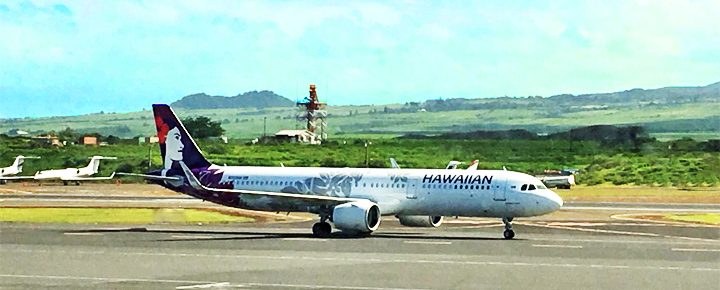

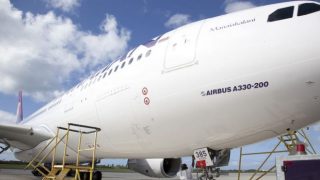
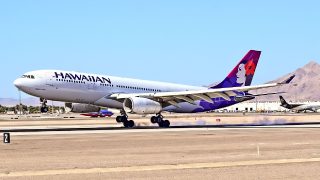
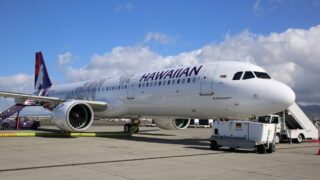
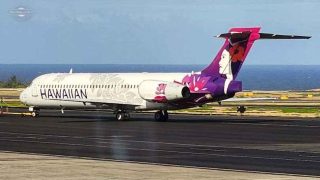
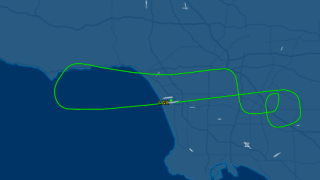
Thanks to the pilots and crew for making the best of it! Hawaiian has a great record and an engine oil fire is nothing that anyone can foresee! We Thank our lucky stars there were no deaths or serious injuries.
Mahalo
I have been carrying a small emergency smoke mask on any airline flight for a few years. I have the Survival-supply fire escape mask that I paid $35. It comes in a sealed thin notebook paper size package and has a gel in the mask. Havent ever had a problem with TSA. But, since this Hawaiian airline smoke incident, I thought I would buy some new ones and then open the old one and actually try it out. But in my online research, I found this mask is no longer offered and may have been recalled as it doesnt protect from Carbon monoxide. I also found a report from the US Consumer product safety comm. 2007 that found many smoke masks dont work. So I am still researching to find one that works AND is small enough to be part of your carryon limits. Buyer beware I guess. The airline should have dropped the oxygen masks. Their claim of not doing so because of a “fire danger” does not ring true .he health and safety of the passengers should be first
Mahalo for the reminders to everyone about the safety briefing. Southwest gives passengers coupons to use called “Thanks for kicking tail!” which gives some internal recognition to employees who receive them. I use mine for flight attendants that give more than the ordinary wing exit “Are you willing and able? Read the safety card” or who police the wing exit row passengers as they board “Are you 15 years old? Can you speak English?“. I want to be reminded, as one person pointed out that, in a water evacuation you don’t use the wings, or that you look for smoke or fire outside your exit and don’t open it, or that when you do open that door it stays attached and flies up, and it’s going to be very loud. THOSE are the things I want top of mind if I ever have to open an emergency exit.
I hope with all thos they ay least lower their fares.
Smoke from the hold always makes me think of batteries shipped in baggage.
Kudos to the crew for their professional handling of the situation.
Thank you.
Hi Dan.
As was updated today, the fire came from an engine oil leak.
Aloha.
My goodness!! I hope no pets were in the cargo hold !!
Always have my seat belt on – loosely and buckled. I try to choose seats near an exit.
I’m often in an exit row and read carefully the instructions the most important that on some planes the overwing exits are NOT be opened in a water landing. If not in an exit row, I count rows forward and rows back to the exits as you the emergency lighting may be insufficient. I’m also ready to go over the seats if necessary. I’m appalled when viewing photos of runway incidents where people have their carryon luggage; even the Asiana Airlines at SFO I saw people holding carryons.
I was on a flight from SFO to HNL when we had light smoke/mist in the cabin and 1 hour out we turned around. Longest one hour ever! But, my anxiety was lowered by a calm crew and kept us well informed on the situation and reviewed emergency procedures with us.
Cargo hold makes me think batteries in luggage. I am relieved no one was seriously injured.
Yes, we do become complacent. When they di the safety briefing, I always find the nearest exit in front of me and the nearest exit behind me. I make a mental note of how far these exits are. I’ve never had to use them, but I always try to be prepared.
Thanks for the reminder. I usually do but will FOR SURE next flight.